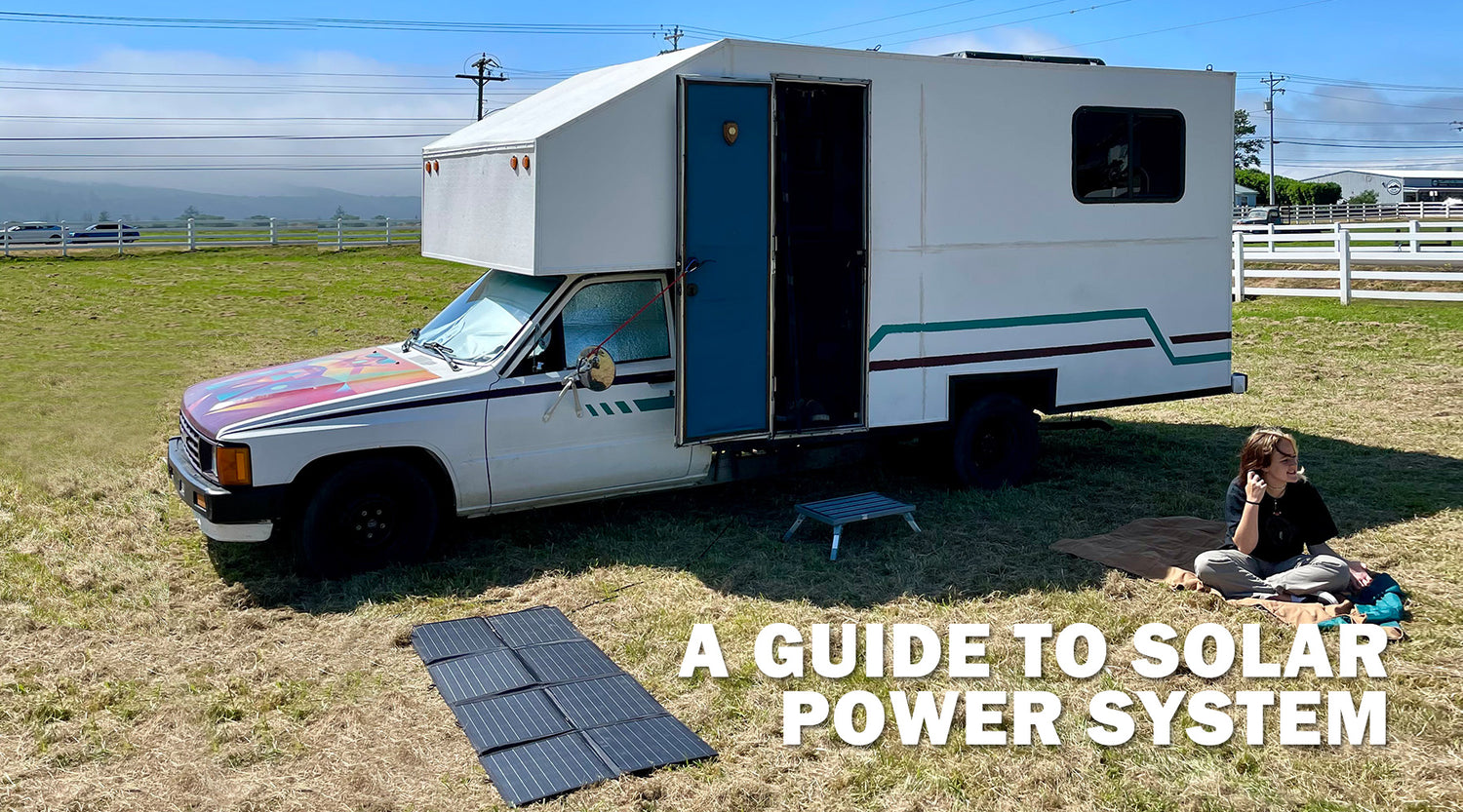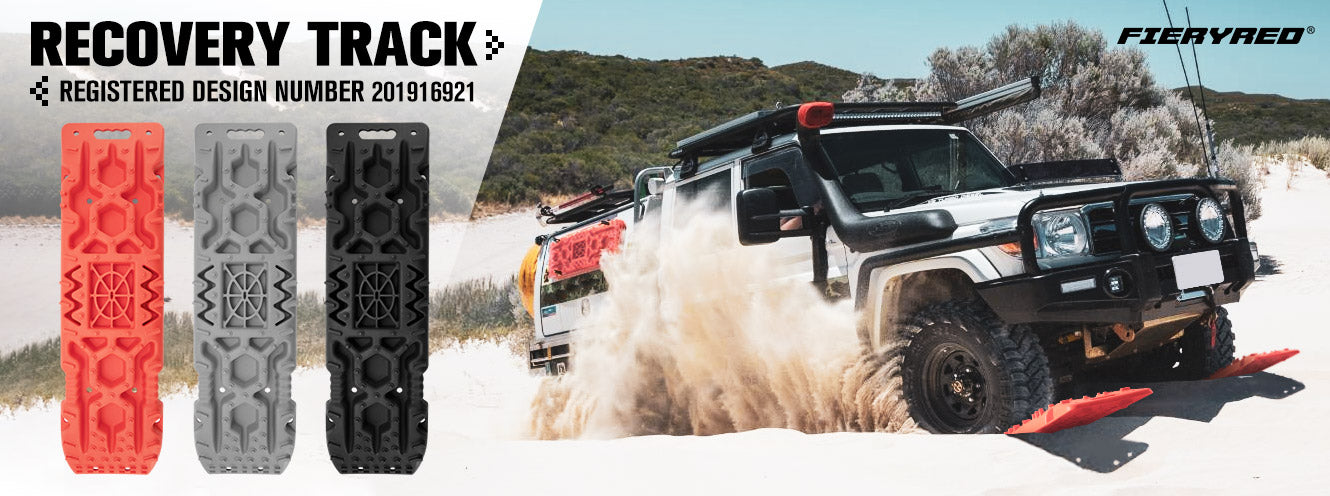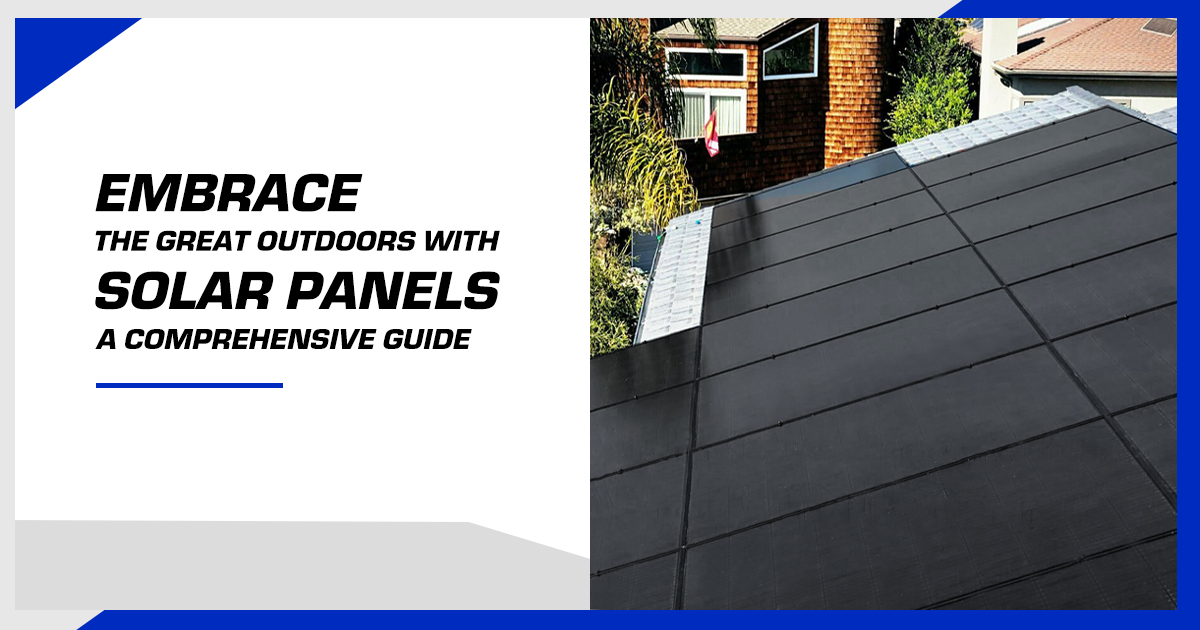It’s no secret that Australia provides the best of the best: the pretty epic camping spots to pitch a tent, meaning you can enjoy the country’s wildlife, lush rainforests and pristine coastlines. It is an escape that allows you to strip back the white noise of everyday life to get back to nature.
However, if you’re just starting out, you’re probably aware that power is an essential part of the camping, which is especially the case if you’re camping in a remote place where supplies are not available. In this guide, we’ll show you the basics of a solar power system. By understanding these basic components, you are on your way to find the right one to power your electronic devices during camping.
- What Components Make Up A Solar Power System?

Whereas power stations and DC-DC chargers can be added if desired and needed. A portable power station is a useful backup power source to keep important devices like appliances and smartphones charged and running during emergencies and power outages. Most power stations have AC outlets, solar inputs and USB ports for powering multiple types of devices at once.

A DC-DC charger is actually a smart charger that runs off 12-volts. They do this by taking the power output of your vehicle’s alternator and creating an output voltage and current that’s ideally suited to charging and/or maintaining your auxiliary battery.
Next, Let's explore each of these solar system components and their use in brief.
- SOLAR PANELS
Solar panels are usually installed on the roofs of vehicles but they can also be ground-mounted. They are tilted at an optional angle to absorb as much sunlight as possible throughout the day.
Solar panels can be made using different materials, depending on the manufacturer. These days most modern solar panels use crystalline silicon wafers, which are then broken down into either polycrystalline or monocrystalline.

- BATTERIES
There are several battery options available within the solar power industry—the two main battery chemistries are lead-acid and lithium.

- INVERTERS
Inverters are another crucial element of any solar energy system. The inverter's critical job is to convert Direct Current (DC) electricity produced by the solar panels into Alternating Current (AC) electricity. This conversion is necessary because most home appliances and electronics use AC electricity. Without converting the DC energy to AC, you wouldn't be able to power everything in your motorhome.
The inverters today can be divided into pure sine wave inverter and modified sine wave inverter. The former is a more sophisticated option. While the latter still makes a viable option if you have limited appliances to power.

- CHARGE CONTROLLER
Known as a solar regulator, it is connected between the solar panel and battery. Its job is to regulate the solar output to ensure the battery is charged correctly and not overcharged. The charge controller can be divided into PWM and MPPT controller.

- DC-DC CHARGER
The DC-DC charger will charge your auxiliary battery faster, to a far greater level and keep it fully charged. Since the main role of the alternator is to power the vehicle’s electrical system, recharging the main battery after start-up is its secondary role. It doesn’t perform well when trying to simultaneously charge a nearly full main battery and a depleted auxiliary battery. A DC-DC charger will significantly increase the life and efficiency of your auxiliary battery.

- PORTABLE POWER STATION
Portable power stations are compact battery-powered generators that provide electricity and provide plenty of ports. Unlike portable generators, they don’t need gasoline, and run virtually silently.

There are so many important decisions you need to make when choosing the components that make up your off-grid solar system. Before getting to set up your solar power system, you will need to find a right solar panel. With a number of options available, our next guide will show you how to choose the panel that suits you.




Leave a comment
This site is protected by hCaptcha and the hCaptcha Privacy Policy and Terms of Service apply.